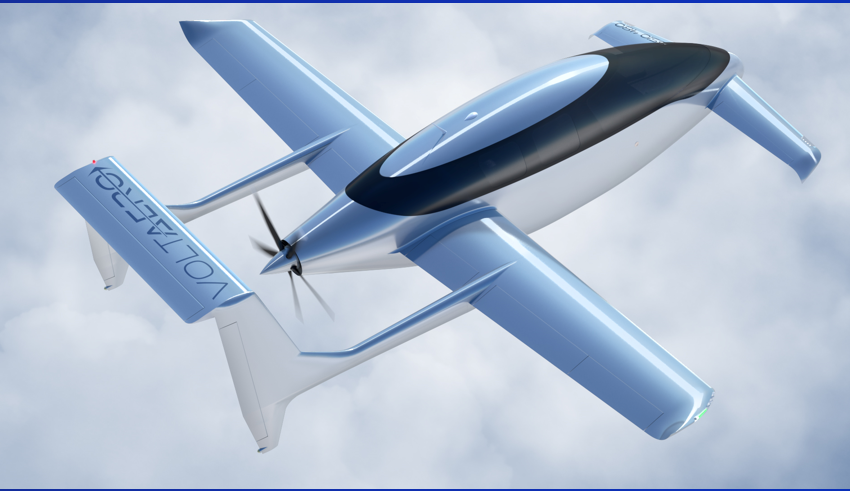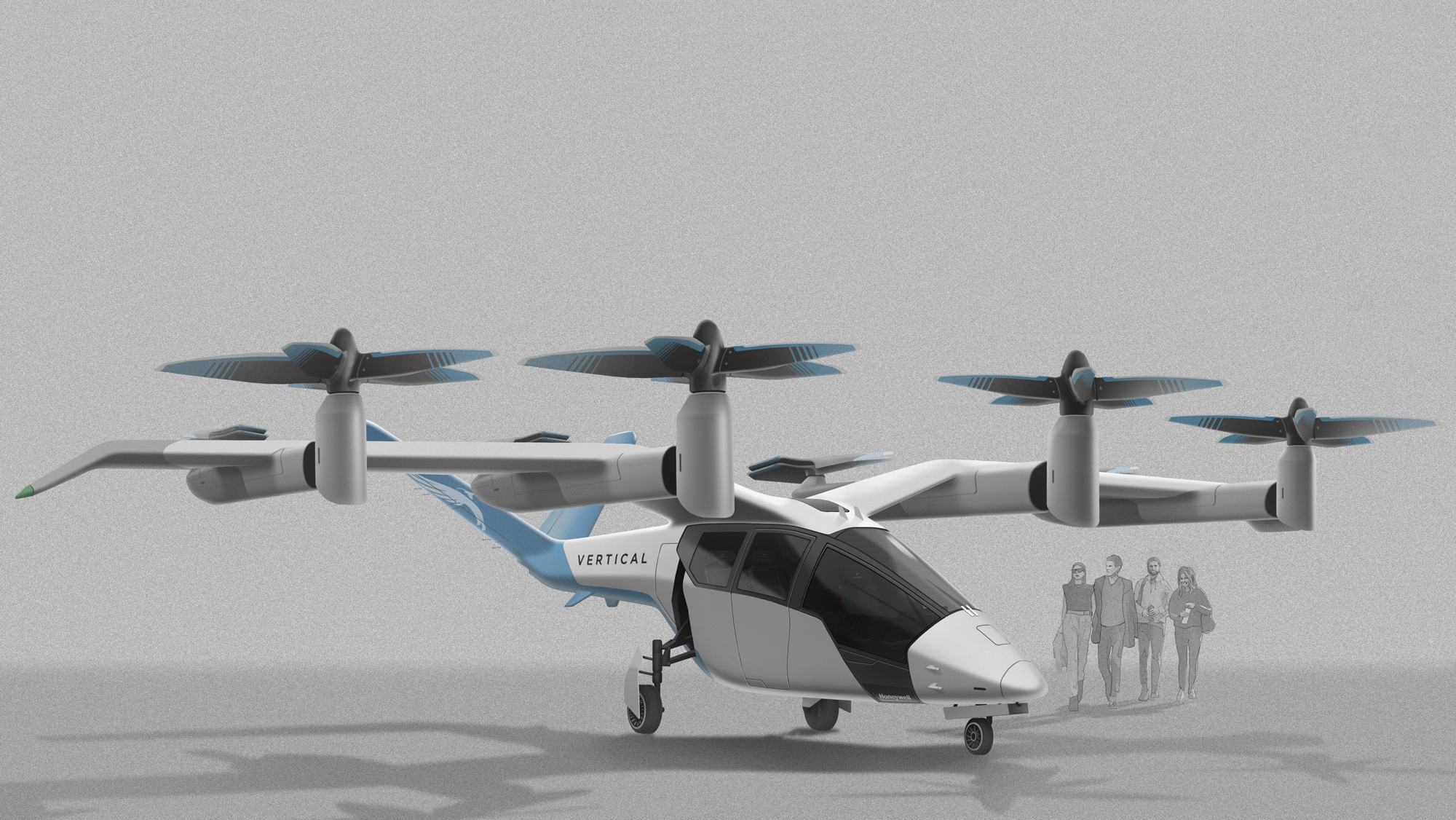Leeham News and Analysis
There's more to real news than a news release.
Bjorn’s Corner: Sustainable Air Transport. Part 44. eVTOL operating costs.
November 4, 2022, ©. Leeham News: This is a summary of the article Part 44P, eVTOL operating costs. It discusses the operational costs of a typical eVTOL flying a feeder mission from a city center to an airport.
The dominant cost factors are not the ones eVTOL companies love to discuss, like the electricity bills.
Bjorn’s Corner: Sustainable Air Transport. Part 44P. eVTOL operating costs. The deeper discussion.
Subscription required
By Bjorn Fehrm
November 4, 2022, ©. Leeham News: This is a complementary article to Part 44, eVTOL operating costs. It discusses the typical operating costs we can expect from an eVTOL when used in an air taxi operation.
Despite the operation of such transports being years off, an eVTOL has dominant cost factors that can be estimated today.
Bjorn’s Corner: Sustainable Air Transport. Part 43. eVTOL IFR range.
October 28, 2022, ©. Leeham News: This is a summary of the article Part 43P, eVTOL IFR range. It discusses the range of a typical eVTOL flying a feeder mission from a city center to an airport during IFR conditions.
IFR conditions mean we have a dicey weather forecast for our airport destination and must plan with an alternate landing site where the weather forecast is better.
Bjorn’s Corner: Sustainable Air Transport. Part 43P. eVTOL IFR range. The deeper discussion.
Subscription required
October 28, 2022, ©. Leeham News: This is a complementary article to Part 43, eVTOL IFR range. It discusses the typical maximum range we can expect from a certified eVTOL when it faces IFR weather conditions.
Flying in IFR conditions requires flight planning with increased reserves if the eVTOL can’t land at the destination airport and must divert to an alternate airport.
Bjorn’s Corner: Sustainable Air Transport. Part 42. eVTOL range.
October 21, 2022, ©. Leeham News: This is a summary of the article Part 42P, eVTOL range. It discusses the range of a typical eVTOL flying a feeder mission from a city center to an airport.
The 42P article details the energy consumption for each stage in the mission and the range we fly. We summarize the results here.
Bjorn’s Corner: Sustainable Air Transport. Part 42P. eVTOL mission range. The deeper discussion.
Subscription required
October 21, 2022, ©. Leeham News: This is a complementary article to Part 42, eVTOL mission range. It discusses the typical maximum range we can expect from a certified eVTOL by mid-decade.
We have described the vehicle and the mission data in the three previous Corners; now, we analyze the energy consumption for the mission and discuss the range we can achieve.
Bjorn’s Corner: Sustainable Air Transport. Part 41. VTOL mission calculations.
October 14, 2022, ©. Leeham News: Last week, we defined the phases of an eVTOL mission that shall show us the typical range and endurance of the eVTOLs of a hybrid vectored thrust/lift and cruise eVTOL, similar to a Vertical VX4, Figure 1.
Several parts of the energy consumption calculations are complex, and surprisingly it’s not the vertical parts. We go through why and how we calculate the energy consumed for the mission.
Voltaero’s Cassio hybrid plane is “Mild”
The somewhat different hybrid-electric aircraft
Subscription Required
By Scott Hamilton and Bjorn Fehrm
Oct. 10, 2022, © Leeham News: A French company, Voltaero, is taking a different approach to the plethora of concepts to produce a “green” aerial vehicle.
 The Cassio family of aircraft uses a Mild Hybrid to avoid the pitfall of most hybrids, the need for a large battery. Batteries of today and tomorrow are too heavy to serve as the main power source for an aircraft unless it’s a flight around the airport like for trainers.
The Cassio family of aircraft uses a Mild Hybrid to avoid the pitfall of most hybrids, the need for a large battery. Batteries of today and tomorrow are too heavy to serve as the main power source for an aircraft unless it’s a flight around the airport like for trainers.
Voltaero designed a clever hybrid scheme that allows electric flight where it matters and leaves a thermal engine to do the rest. The concept, called a “Mild Hybrid,” keeps the advantages of the electric flight mode without the disadvantages of short-range or an expensive operation.
Bjorn’s Corner: Sustainable Air Transport. Part 40. VTOL mission.
October 7, 2022, ©. Leeham News: Last week, we discussed the reality of mass fractions for certified aircraft. There is an abundance of statistics on projects that have gone through the arduous development and certification phase, which always turns out heavier than projected.
Using such statistics, we have a base from which to fly a typical hover and cruise eVTOL design and see what we get in terms of energy consumption and range.
UPDATED: All-electric Eviation Alice takes 1st flight
Sept. 27, 2022 © Leeham News: The battery-powered Eviation Alice has flown for the first time.
The nine-seat aircraft, powered by twin electric propeller motors assembled by Eviation’s sister company, magniX, rotated up and took off into a sky hazy from forest fires shortly after sunrise in the Pacific Time Zone, a little after 7 a.m.
After takeoff the plane banked to the right, circled for eight minutes around Grant County International Airport in Moses Lake, then landed safely. The Alice reached an altitude of 3,500 feet.
The dawn flight was an important milestone for Eviation, magniX, and for battery-powered aircraft in general. The Alice appears to be the largest electric passenger aircraft to fly so far, larger than the two-seater Pipistrel Velis, which had its first test flight with passengers in Iceland last month. Tecnam and Rolls Royce teamed up to fly a four-seater P2010 with a hybrid electric engine in February.
Summary
- EIS is still years away, CEO says
- Eviation and magniX need batteries to get better
- Alice will evolve in interim




